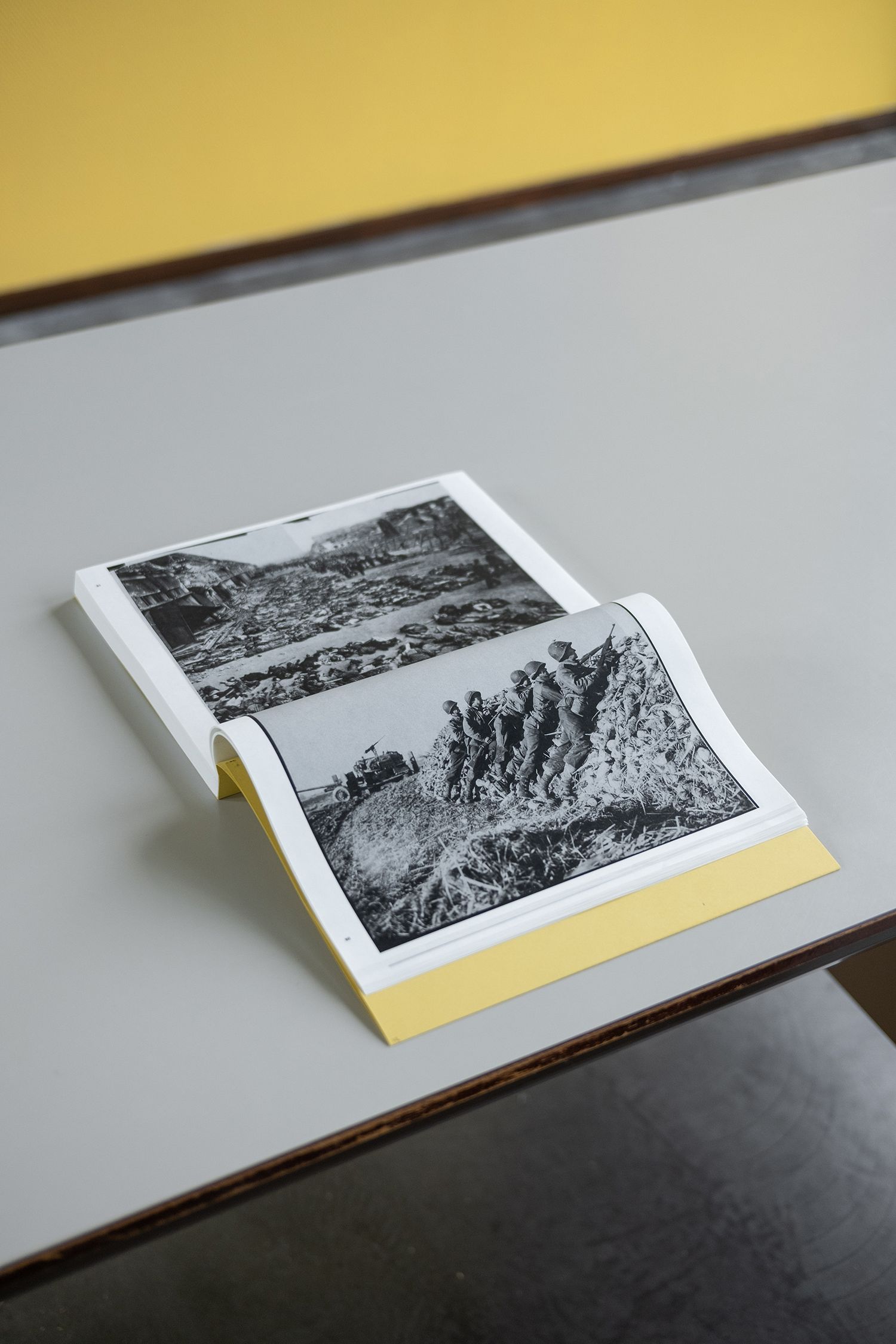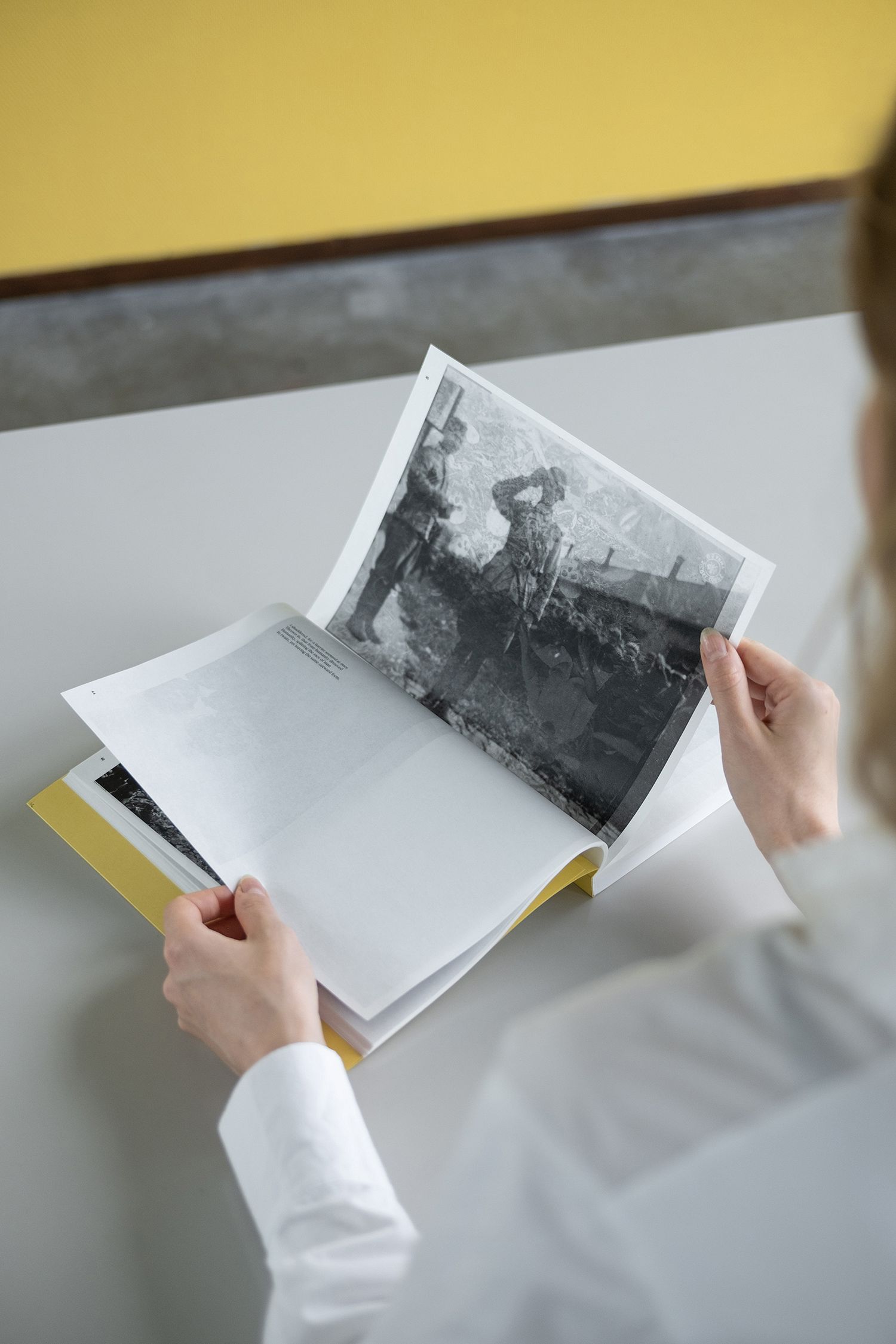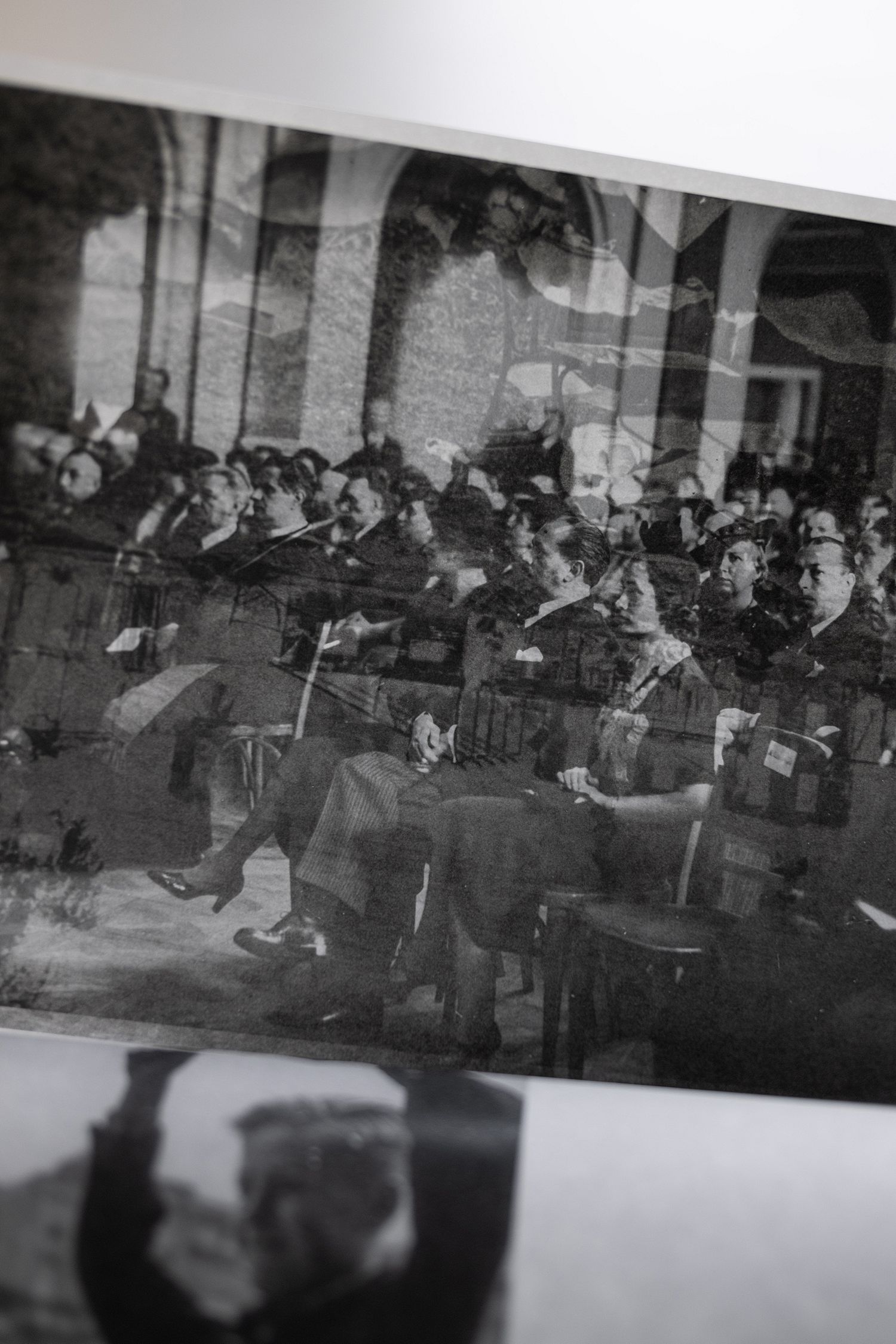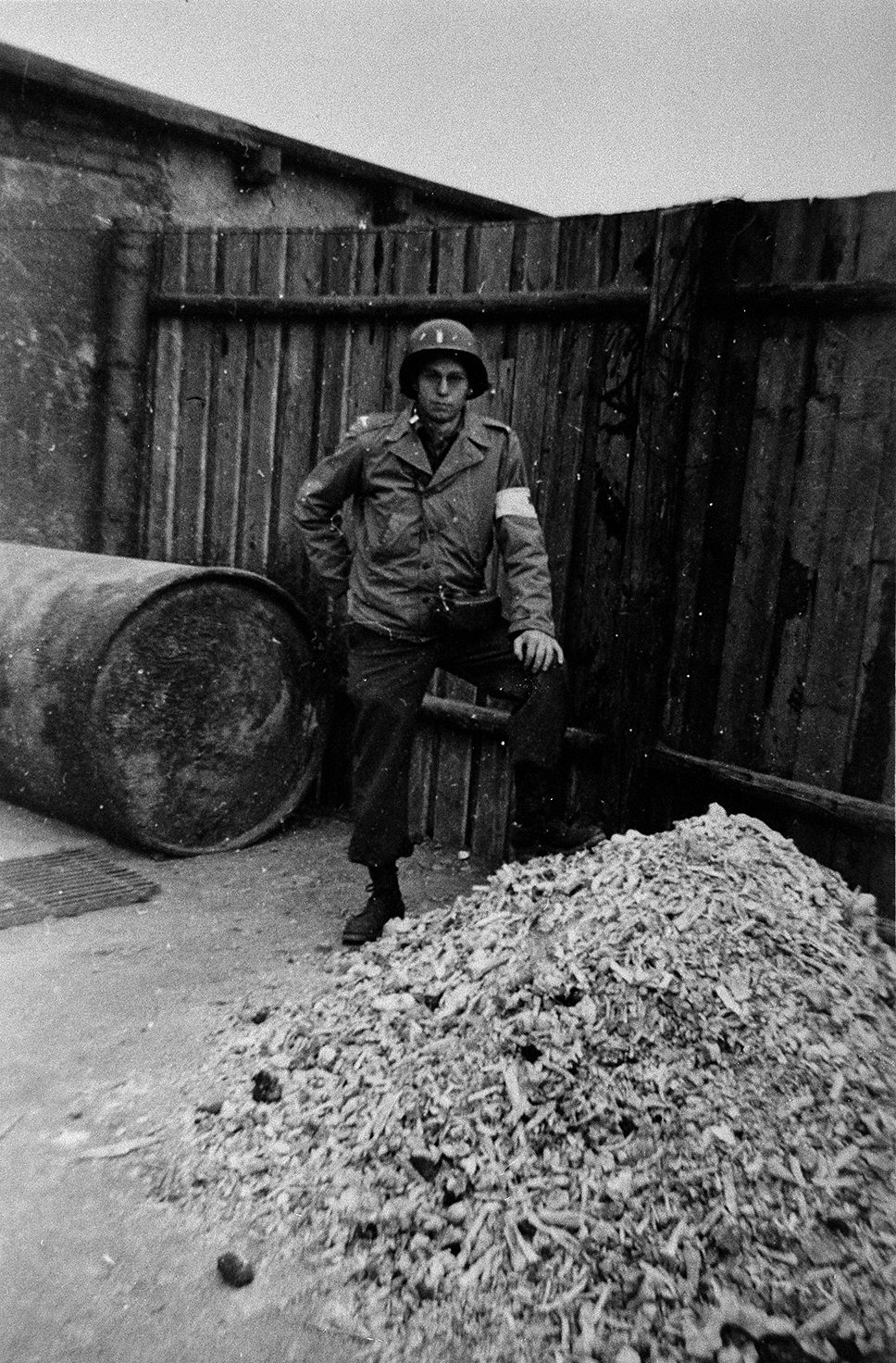
To comprehend a human intention or behaviour, means to put oneself in their place, and identify with them. Perhaps, all monuments, documents and records of collective trauma exist to stand for and contain that which has happened. But while they attempt to make sense of the senselessness, they simultaneously distance us from the context that necessitated them in first place. In burying and depositing history in monuments and in facts, grouping victims into categories and letting silence do the memory-work, we shake in disbelief when the violence of the past resurfaces. Didn’t we chant ‘never again’, after all?
In A Bear Trap in No Man's Land, Julia Waraksa intertwines two archives that bear witness to the violence of the twentieth century: photographic records (the recording of fact) and literary reflections (after the fact). With facts eschewed to an index in the back, the visual and literary representations affect the reader as they are, before revealing the histories that contain them. A Bear Trap in No Man's Land is a reflection on the trauma of the twentieth century and the administration of tragedy that ensued.


In front of the archive hangs a collection of photographs on the wall, pinned to tableaus like bulletin boards. The photographs display the sites of former concentration and transit camps accross Europe. Eighty years later, as testament to the withering of our own memory, these forlorn sites have become fragmented testaments of an inexpressible absence. In their place, a language of heroism rewrites senseless death as martyrdom and justifies these sites to their proper existence. The banality of evil calls anew: history is written by the record-keepers.


